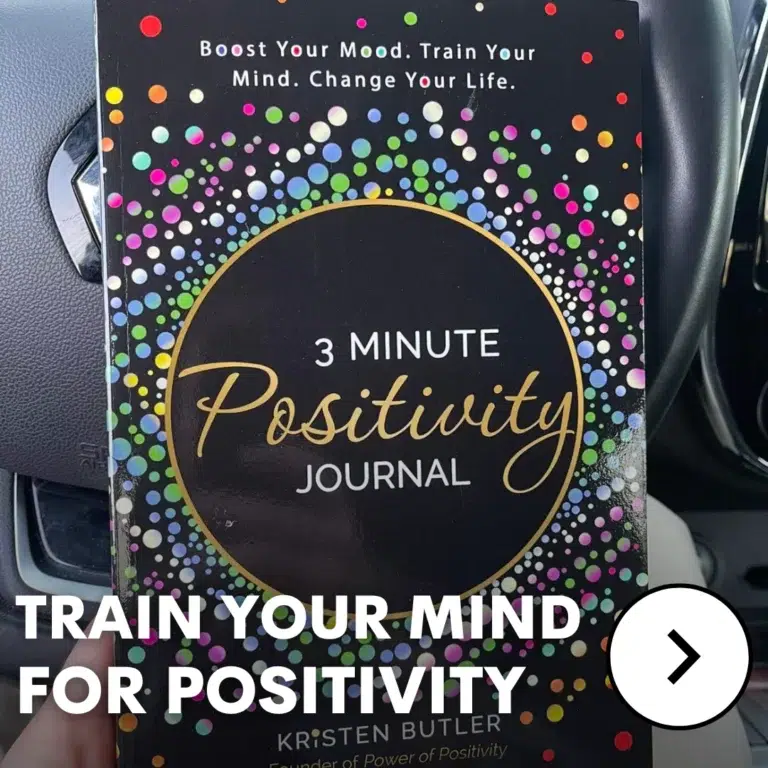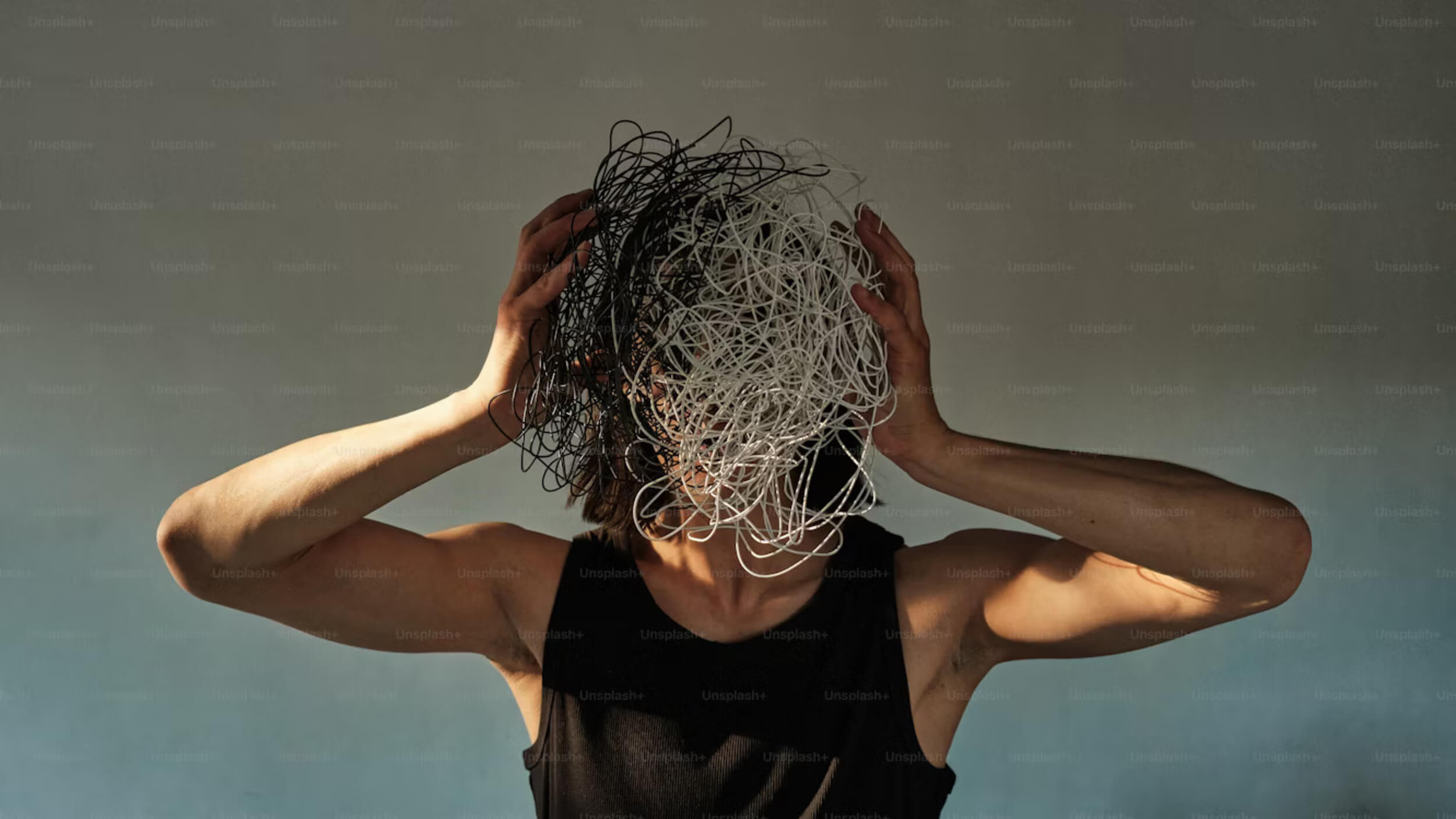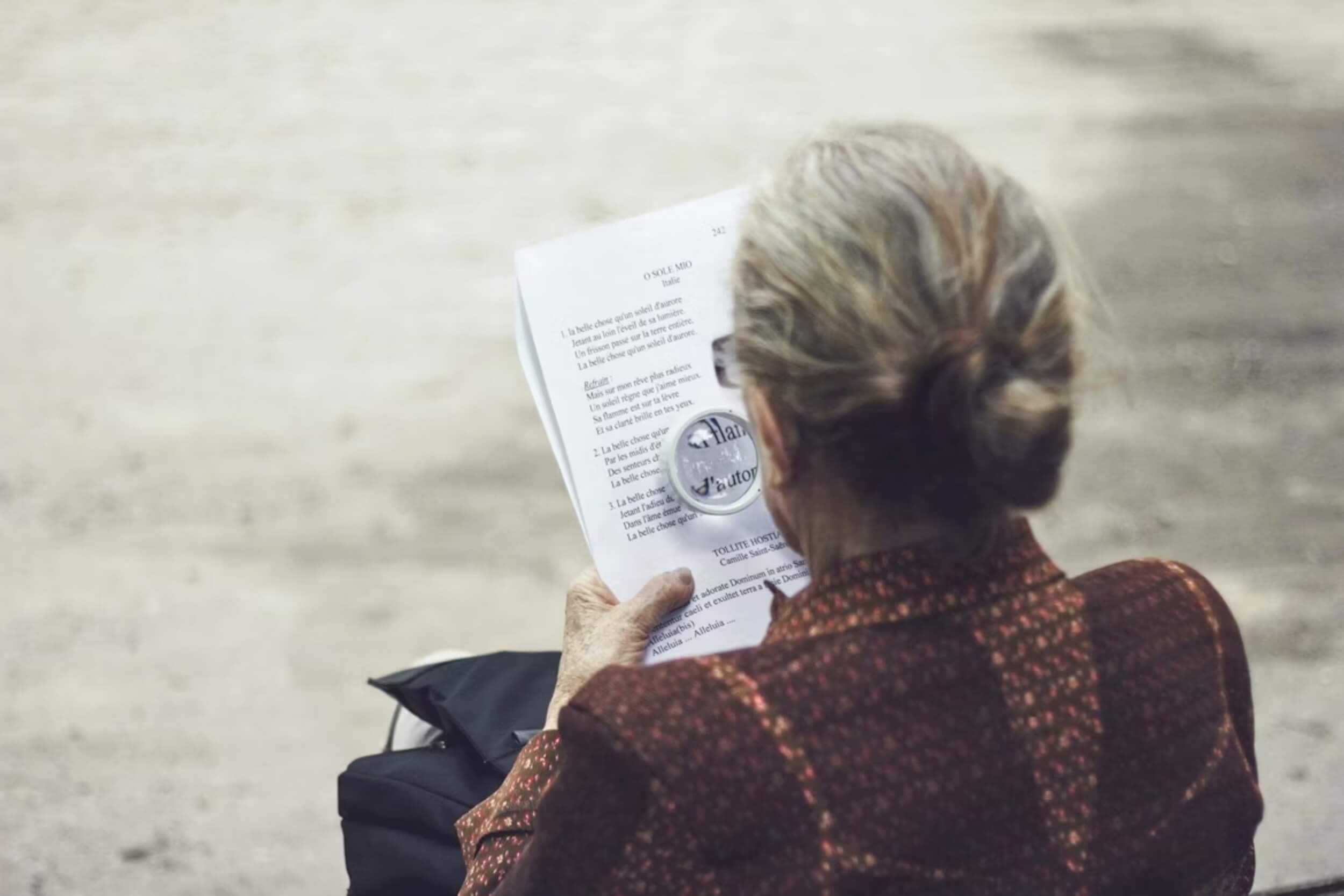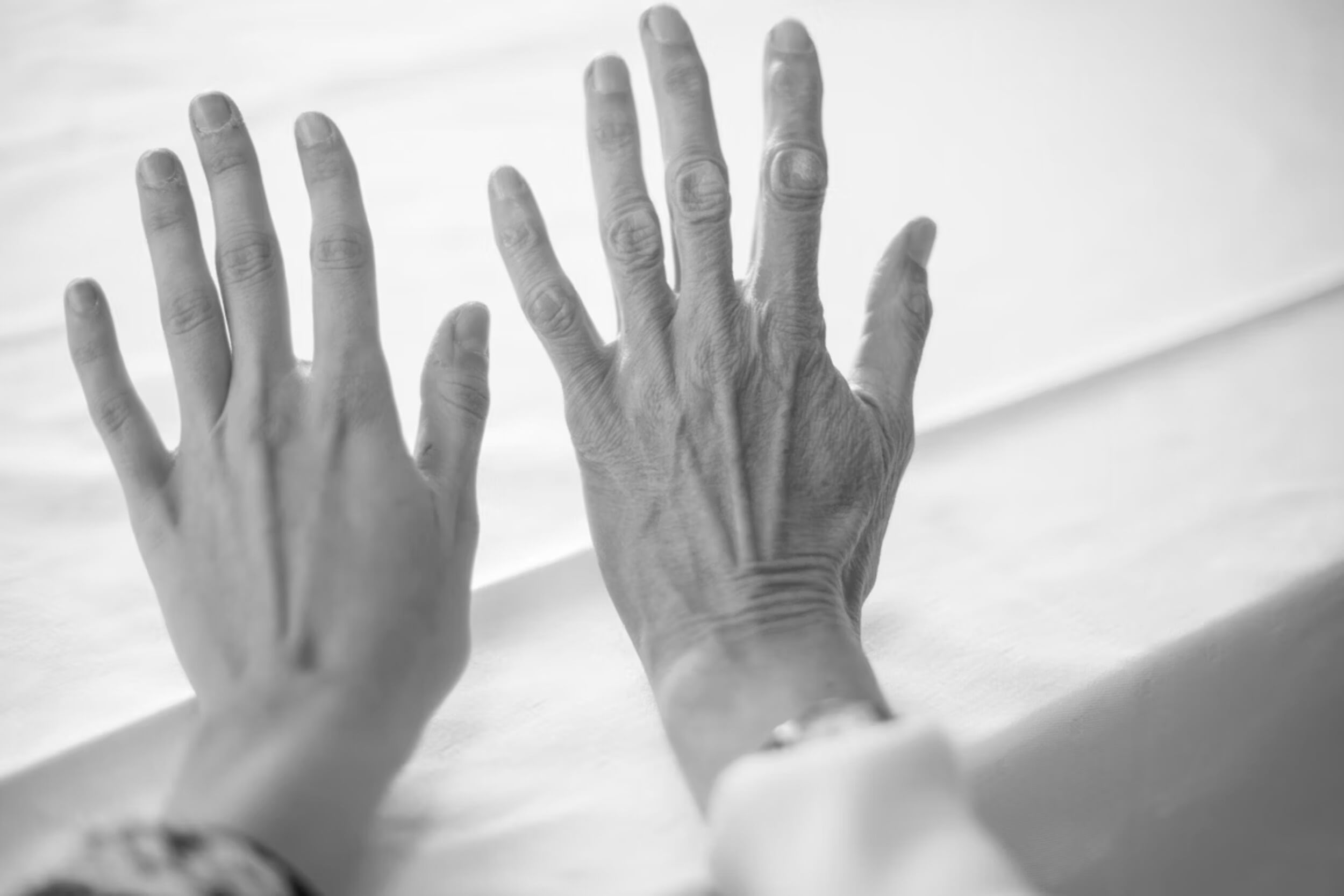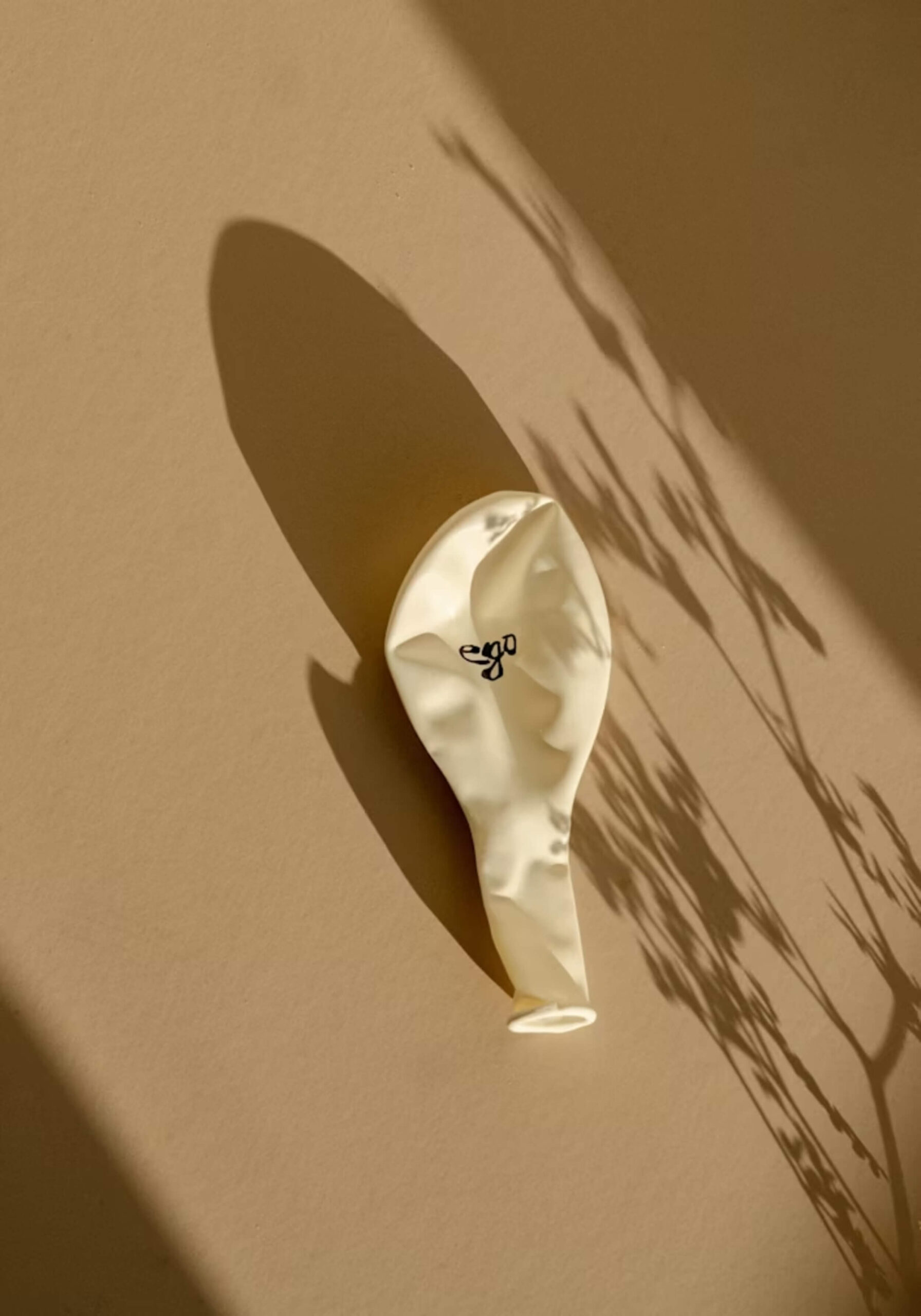Some signs come quietly—like when your arm feels odd, your words don’t come out right, or your vision shifts for no reason. These moments may not seem like much, but they can be early signs of something serious.
For many women, stroke symptoms don’t always look the way people expect. They can be brushed off as stress, hormones, or just a bad day. That’s what makes knowing the warning signs so important.
This article lays out 12 clear signs to watch for—each one backed by medical facts. If even one of these shows up, it could mean your brain isn’t getting enough blood. Acting quickly can make all the difference.
Knowing what a stroke looks like in women can help save a life. Maybe even yours.
Why Women Need to Pay Extra Attention to Stroke Symptoms
Not every stroke looks the same—and that’s especially true for women. Some signs can be small and easy to miss, like feeling tired, lightheaded, or confused. They don’t always match the “classic” stroke symptoms people talk about.
Hormones, pregnancy, and even birth control can raise stroke risk, especially for women under 55. These factors make it even more important to notice when something feels off.
Many strokes in women go undiagnosed at first because the signs don’t always scream emergency. But they still are.
Spotting the early symptoms and getting help quickly can protect your brain, your body, and your future. Knowing how stroke shows up in women gives you the power to act fast—and that can save a life.
Let’s Look at the 12 Stroke Warning Signs in Women
These signs are often the body’s way of warning you before or during a stroke. Knowing them could help save your life—or someone else’s.
1. Sudden Numbness or Weakness on One Side
You might feel a strange weakness in your face, arm, or leg—usually on just one side. It can hit all of a sudden, even in the middle of normal activities. If one arm feels heavy or your smile looks uneven, don’t wait it out. These are key signs that something serious could be going on in your brain. For stroke women, acting fast matters. Try lifting both arms—if one drops or won’t stay up, it’s time to call for help right away.
2. Confusion or Trouble Understanding Others
Struggling to understand what someone’s saying, even if they’re speaking clearly, isn’t just being distracted. Feeling confused or having trouble following conversations can be one of the early signs of stroke. This happens when the brain’s language area isn’t working right. Stroke women might not feel pain, but the brain is sending a signal. If your thoughts feel foggy or it’s hard to respond, don’t ignore it. Confusion like this isn’t normal—and it needs quick attention.
3. Slurred or Strange Speech
Talking suddenly feels hard, or your words come out slurred or mixed up—that’s not just being tired or anxious. This could be your brain struggling to control speech. Stroke women often experience this without warning. Others may notice before you do, so if someone points it out, take it seriously. If you try to talk and it doesn’t sound right, or the words don’t make sense, it could mean a stroke is happening right now. Time matters.
4. Trouble Seeing in One or Both Eyes
Your eyesight may go blurry, dim, or disappear—either in one eye or both. Sometimes it feels like someone pulled a curtain over your vision. These changes can happen fast and may come with no pain. For stroke women, sudden vision trouble is a warning sign that the brain isn’t getting enough blood. Don’t wait to see if it clears up. If your vision suddenly shifts or disappears, get checked out right away. It’s better to be safe than sorry.
5. Dizziness or Loss of Balance
You may feel dizzy, like the room is spinning, or like you’re going to fall. Walking could become harder, or you might feel off-balance for no clear reason. This isn’t just being tired or skipping a meal—it can mean your brain’s balance center is affected. Stroke women sometimes brush this off, but it’s a big sign. If standing or walking suddenly feels strange or unsafe, don’t wait it out. Sudden balance issues can mean a stroke is starting.
6. A Severe Headache Without a Clear Cause
A headache that hits out of nowhere and feels like the worst one you’ve ever had should never be ignored. It’s not your usual stress or tension headache. This one may feel sharp, intense, or different from anything before. For stroke women, this kind of pain could mean bleeding in the brain. Don’t try to sleep it off or take pain meds and wait. If the headache comes on fast and strong without a clear reason, seek help now.
7. Sudden Fatigue or Weakness
Waking up drained is normal—but sudden, heavy fatigue that comes on fast and feels different should raise concern. You might feel like your energy dropped in seconds, and even simple tasks feel hard. Stroke women can have this type of extreme tiredness before other signs show up. It’s not the same as just needing rest. If you feel wiped out for no reason and it happens quickly, your brain may not be getting enough oxygen. It’s worth checking.
8. Shortness of Breath or Chest Tightness
Out of breath all of a sudden—even if you haven’t moved much? Chest tightness or pressure that’s not caused by exercise could be a stroke symptom, not just a heart issue. Some strokes mess with the parts of the brain that help you breathe and control your heartbeat. For stroke women, this can look and feel different than it does in men. If your breathing feels off and you don’t know why, don’t assume it’s nothing. Call for help.
9. Sudden Nausea or Vomiting
Feeling sick to your stomach for no clear reason might not seem like a big deal—but if it happens suddenly and comes with dizziness or vision changes, it’s not just a stomach bug. Stroke women may feel this when a stroke affects the back of the brain. This area controls balance and basic body functions. Nausea alone isn’t always serious, but if it hits quickly and feels strange or out of place, it’s time to act.
10. Hiccups That Won’t Stop
Most hiccups go away fast, but if they hang on and won’t stop, especially with other symptoms like confusion or chest discomfort, that’s something to watch. Unusual hiccups can be a stroke warning, especially in stroke women. It might sound odd, but if your body keeps reacting in ways you can’t control, it could be your brain signaling trouble. Don’t ignore something just because it feels minor. If hiccups are sudden, strong, and won’t go away—get help.
11. Face Drooping or an Uneven Smile
Try smiling in the mirror. If one side of your face won’t move or looks droopy, it’s a classic stroke sign. You may not even notice it yourself—someone else might point it out first. Stroke women often experience this along with weak arms or slurred speech. This is one of the easiest things to check in an emergency. Ask someone to smile, lift both arms, and speak. If anything looks off, it’s time to call emergency services.
12. Sudden Loss of Coordination or Clumsiness
Spilling drinks, dropping your phone, or stumbling over your own feet could mean more than just a bad day. When your brain can’t control movement like it should, the body shows it. Stroke women might feel fine one moment and struggle the next. If simple tasks suddenly feel hard or your hands don’t seem to work right, it’s a red flag. You know your body. If something feels off, don’t wait around to see if it gets better.
Tests That Help Confirm a Stroke
When stroke signs show up, doctors don’t waste time. They run tests to find out what’s going on and where the problem is.
One of the first steps is the FAST or BE FAST check: Face drooping, Arm weakness, Speech problems, and Time to call 911—plus Balance and Eyesight changes in the BE version.
Then come scans like a CT or MRI to check for bleeding or a blocked artery.
Blood tests help spot high sugar or cholesterol, which can raise your risk.
Another tool, angiography, looks at your blood vessels. For stroke women, these tests help catch things early and save lives.
What Raises Stroke Risk in Women?
A few stroke risks are more common in women, and some are even unique to them.
Pregnancy, especially with preeclampsia, can raise the chance of a stroke. So can hormone therapy or birth control pills, especially if smoking is involved.
Migraines with aura—those that cause flashing lights or tingling—also add to the risk. Women with autoimmune diseases like lupus should also be careful.
Other well-known risks include high blood pressure, diabetes, obesity, smoking, and a family history of stroke.
Knowing what puts stroke women at higher risk can help with making safer choices and spotting signs earlier.
Why Early Action Saves Lives
Seconds count when it comes to a stroke. The longer the brain goes without blood, the more damage happens.
Treatment works best when it’s given fast—some medicines only help if you get them within the first 3 hours. That’s why calling 911 right away is so important.
Don’t wait to see if symptoms go away. For stroke women, quick action can mean the difference between full recovery and lifelong problems.
If something feels off, trust your gut. Getting help right away could save your brain—and your life.
Final Thoughts on Stroke Warning Signs in Women
Some warning signs are loud, but others are quiet. A numb arm, a sudden headache, or a wave of tiredness might not seem like much—but they can be serious.
It’s easy to think, “Maybe it’s nothing.” But with stroke, every minute matters.
For stroke women, those signs don’t always match what people expect, which is why paying attention is so important.
You know your body. If something feels off, trust that feeling.
It’s always safer to speak up and get checked than to wait. Quick action can protect your brain and give you the best chance at a full recovery.






